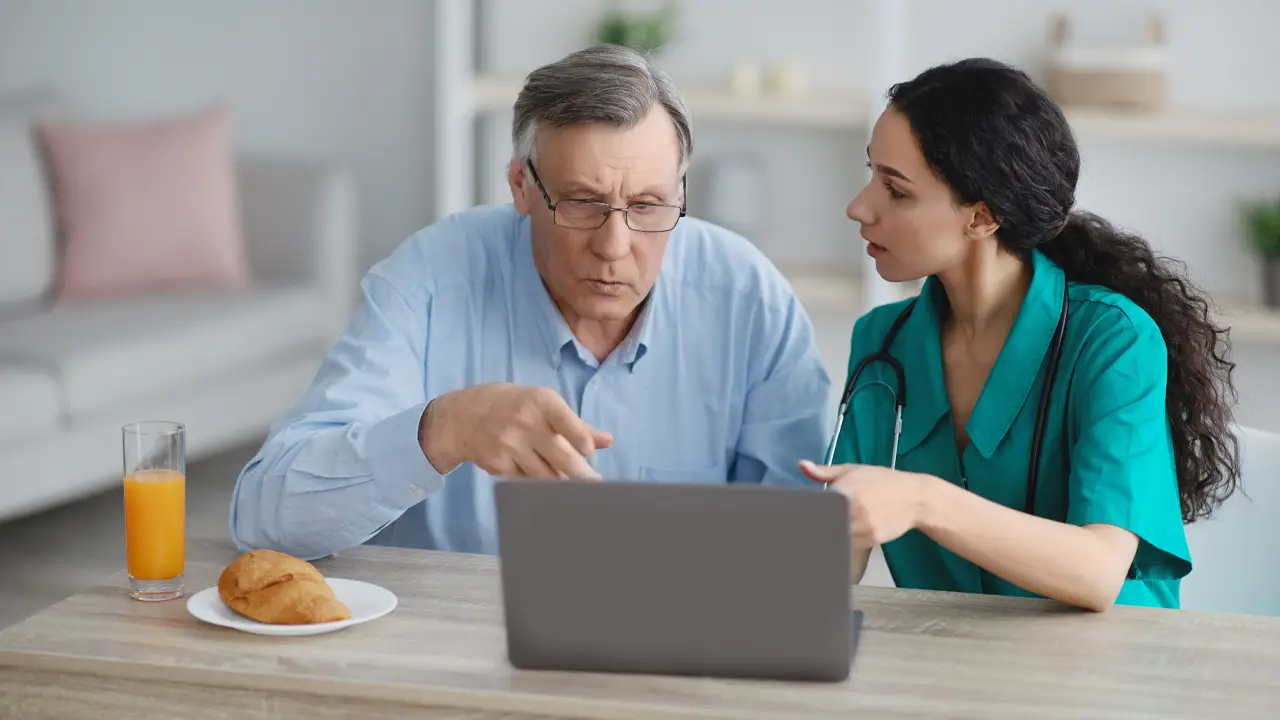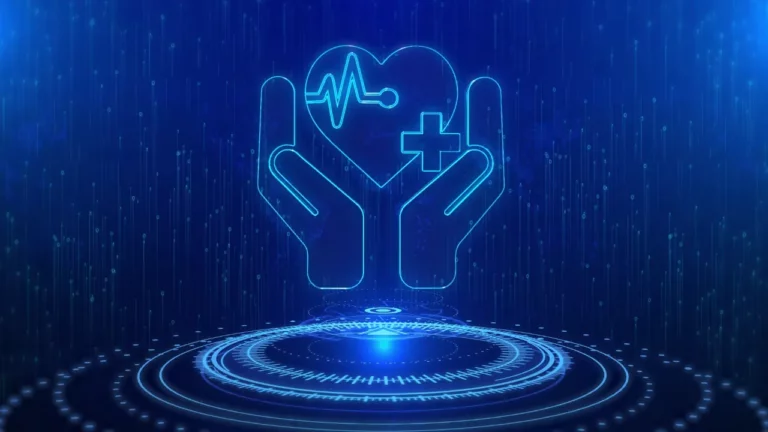The COVID-19 pandemic has highlighted the need for alternative care options, and hospital at home programs have emerged as a viable solution. By enabling patients to receive hospital-level care in their own homes, these programs offer a convenient and safe option for both patients and healthcare providers (HCPs) during this challenging time. In this article, we will delve into the advantages of hospital at home (HAH), and how the use of remote patient monitoring (RPM) technology can aid care providers in implementing and managing these programs effectively. The hospital-at-home model not only provides patients with the comfort and familiarity of their own surroundings but also allows care providers to monitor and intervene as necessary, all while addressing the added stresses and concerns of the ongoing pandemic.
Increased Convenience for Patients
One of the key benefits of hospital at home programs is the convenience it offers to patients. Instead of having to stay in a hospital for an extended period, patients in the program are able to receive hospital-grade care in the comfort of their own home. This can be particularly beneficial for patients who have mobility issues or live in remote areas. Being able to stay at home also allows patients to continue their daily activities, such as work and childcare, while receiving care. This is a stark contrast to the traditional hospital stay where patients are confined to the hospital environment, away from their daily routine.
The HAH program allows patients to receive the same care as they would receive in a hospital, but with the added comfort and convenience of being at home. Clinicians and care providers are also able to monitor patients remotely and intervene when necessary, providing an efficient and effective way of delivering care compared to traditional hospital stays.
Improved Patient Outcomes
Hospital at home programs not only provide convenience for patients, but they have also been shown to improve patient outcomes. Studies have found that patients who receive home care, through home visits, are less likely to develop hospital-acquired infections and have a lower risk of readmission to the hospital within 30 days of discharge. Treating patients at home, particularly acutely ill older patients, in a familiar and comfortable environment can also contribute to better outcomes.
With the advancement of technology, remote patient monitoring has become a valuable tool for care teams. It allows them to keep track of patients and offer support, making it possible for certain older patients to receive acute hospital care in the comfort of their own homes. This is especially crucial during the COVID-19 pandemic, as phone support can ensure that patients receive the necessary care while remaining at home. Due to the benefits of this type of care and the need to expand access to hospital-grade care during the pandemic, the Centers for Medicare & Medicaid Services launched the Acute Hospital Care at Home initiative in November 2020.
Cost Savings
Hospital at home programs not only beneficial for patients, but they can also provide cost savings for HCPs and insurers, particularly when it comes to the cost of care. These programs provide an alternative to traditional inpatient care, as they allow providers to offer hospital-grade care in a patient’s home. This can result in lower costs for hospitals and HCPs, as it reduces the need for hospital beds and other resources. Furthermore, HAH programs can be more cost-effective than traditional hospital stays as patients are less likely to be readmitted to the hospital, and they are less likely to develop complications. The cost of care is significantly reduced by providing care in a patient’s home, as it eliminates the need for hospital stays, and it also reduces the risk of readmission, which can be costly for both patients and HCPs.
Implementing Hospital at Home with DrKumo RPM Tehnology
DrKumo offers a cutting-edge RPM system for managing chronic conditions, post-surgery recovery, and hospital care in the home. DrKumo technology is compliant with HIPAA regulations and can be accessed through mobile devices, providing real-time monitoring and utilizing AI/ML technology. Hospital at home programs offer a convenient alternative to traditional hospital stays, by allowing patients to receive hospital-level care in the comfort of their own homes. DrKumo RPM technology can be used to implement these programs, by allowing healthcare professionals to monitor patients’ vital signs and symptoms remotely, ensuring timely intervention and hospital-level care at home. The use of DrKumo RPM not only improves patient outcomes, but also increases productivity, generates new revenue streams, enhances patient engagement and satisfaction and reduces patient no-shows. It’s a solution that allows hospitalization at home to be delivered efficiently and effectively.
Takeaways
Hospital at home programs offer an innovative solution to healthcare delivery by providing hospital-level care to patients in the comfort of their own homes. This approach can not only reduce the length of stay for patients but also provide an alternative to traditional hospital programs. By providing care through home-based care, patients can receive hospital-level care at home rather than in a hospital setting. This approach not only improves patient outcomes and reduces costs, but also increases patient satisfaction. Home hospital programs represent a valuable asset to the healthcare system, making healthcare more accessible, convenient and cost-effective for all.
To implement HAH programs and improve patient outcomes, contact DrKumo now to experience state-of-the-art RPM technology that supports HCPs in delivering hospital-level care at home.








